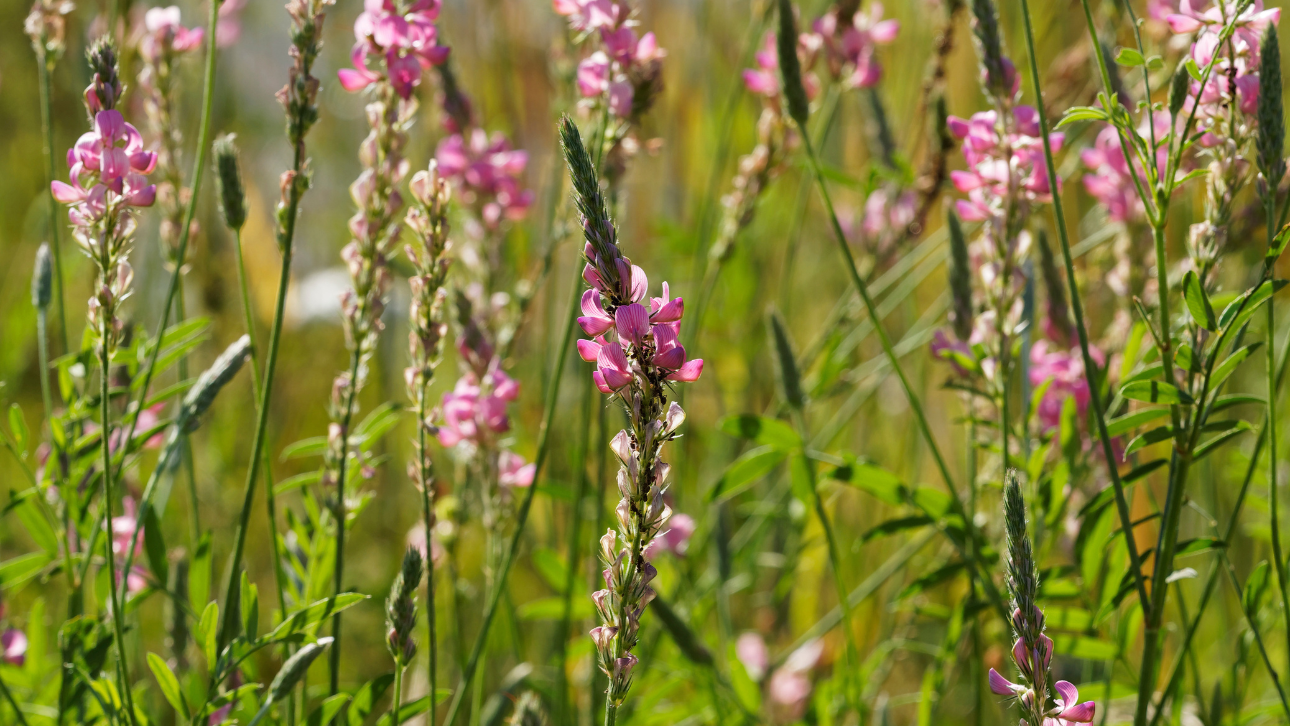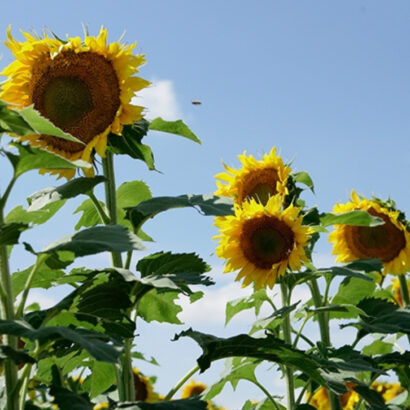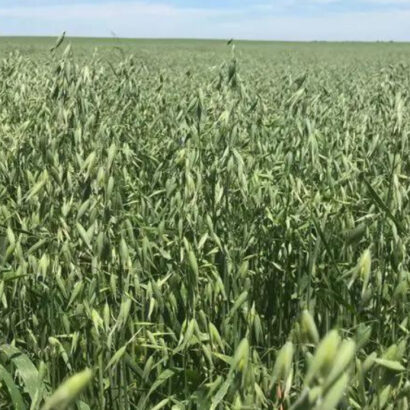Sainfoin is a perennial legume that is recognized for its resilience, forage quality, and environmental friendliness. As agriculture seeks sustainable and eco-friendly practices, sainfoin is experiencing a resurgence. Let’s take a look at sainfoin’s capabilities, focusing on optimal planting methods and why it’s an excellent choice for farmers and ranchers, hunters, and environmental stewards.
Sainfoin has loads of benefits. It’s highly palatable to livestock, offers superior nutritional value, and, unlike many other legumes, it does not cause bloating in livestock. Its deep root system improves soil structure and health, making it an excellent choice for erosion control and soil regeneration. Moreover, sainfoin is known for its drought resistance and ability to thrive in poor, alkaline soils where other legumes might struggle.
Planting and management of sainfoin
This plant performs best in well-drained soils with a pH between six and eight. Similar to alfalfa, it should be planted into a firm seedbed to ensure good seed to soil contact. The optimal time to plant sainfoin is in the spring, as soon as the soil is warm enough to facilitate germination (about 42 degrees). Fall planting can also work if plants have time to establish before a hard frost. Seeding rates vary depending on the method of planting, but generally 40lbs / acre is recommended for full stands. Seeds should be planted at a shallow depth of about ½ inch.
As for maintenance, sainfoin requires minimal fertilization, especially nitrogen, thanks to its ability to fix atmospheric nitrogen. We recommend inoculating sainfoin to encourage converting nitrogen into usable forms. While sainfoin is very drought and winter hardy, long-lived, and can produce greater yields in the first cutting, alfalfa does typically produce more tonnage in subsequent cuttings.
Food plots with sainfoin
Sainfoin is also an excellent choice for food plots, as it offers many benefits to wildlife. It’s highly palatable and attracts big game like deer and elk to the nutritious, high-protein food source. Sainfoin’s drought tolerance ensures a reliable food source even in challenging conditions. Bees, butterflies, and other pollinators are also attracted to it, which supports biodiversity and in turn attracts upland game. Given the fact that it is low maintenance once it’s established, sainfoin is particularly attractive for remote plots.
Nitrogen fixation
Because of it’s nitrogen-fixing abilities, sainfoin would be a great option for organic producers and others looking to reduce the need for synthetic fertilizers. It is also naturally resistant to pests and diseases, which lowers the need for chemical pesticides. The plant’s deep root system also improves soil health, aiding in erosion control and nutrient access.
For producers interested in enhancing their forage, improving soil health, and adopting sustainable agricultural practices, sainfoin represents a promising option. In dryland settings, sainfoin puts up a strong competition to alfalfa – and at half the cost. Its benefits, coupled with low maintenance requirements, make it a valuable addition to forage systems.




Discussion
0 Comments